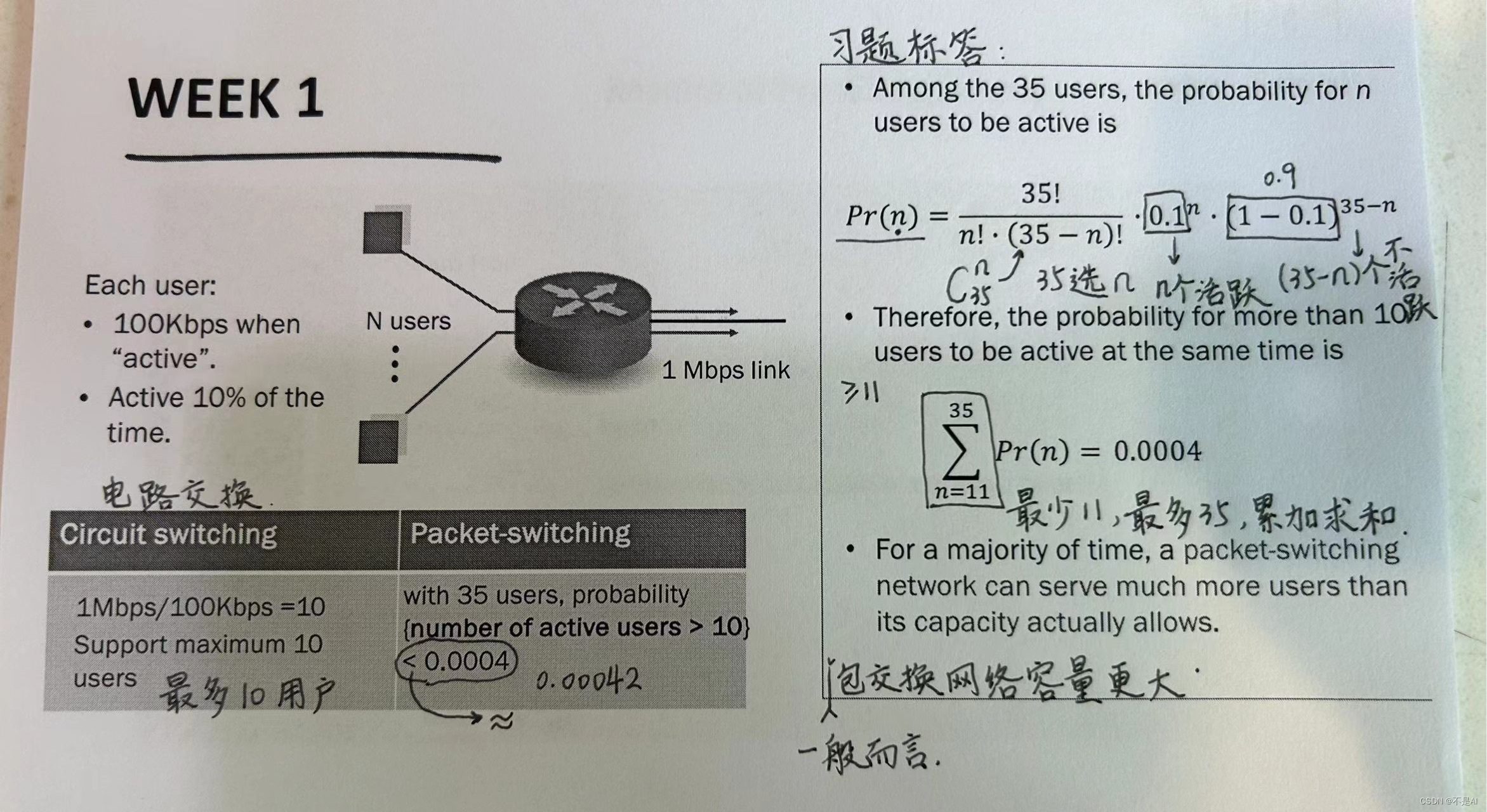
大脑里的第一想法是排列组合,直接给出超级准确的最优解。
但不适用,hhh
只要连续的n个元素大于或者等于target就可以了
题目比自己想象的要好解决
解法是使用滑动窗口算法。这个算法的基本思想是维护一个窗口,使得窗口内的元素总和大于等于目标值,然后尝试缩小窗口以找到最小的满足条件的子数组。
Python
class Solution:def minSubArrayLen(self, target: int, nums: List[int]) -> int:n = len(nums)ans = n + 1start = 0end = 0total = 0while end < n:total += nums[end]while total >= target:ans = min(ans, end - start + 1)total -= nums[start]start += 1end += 1return 0 if ans == n + 1 else ansC#
public class Solution {public int MinSubArrayLen(int target, int[] nums) {int n = nums.Length;int ans = n + 1;int start = 0;int end = 0;int total = 0;while (end < n) {total += nums[end];while (total >= target) {ans = Math.Min(ans, end - start + 1);total -= nums[start];start++;}end++;}return ans == n + 1 ? 0 : ans;}
}解法的时间复杂度是O(n),因为每个元素最多被访问两次。
二分查找法
在这个问题中,O(n)的滑动窗口解法已经是最优解法,因为它只需要遍历一次数组。然而,如果你想要实现一个O(n log n)的解法,你可以使用二分查找的方法。这种方法的基本思想是先计算累积和数组,然后对每个累积和,使用二分查找找到最小的索引j,使得sum[j] - sum[i] >= target。
以下是这个方法的Python实现:
Python
import bisectclass Solution:def minSubArrayLen(self, target: int, nums: List[int]) -> int:n = len(nums)ans = n + 1sums = [0] * (n + 1)for i in range(1, n + 1):sums[i] = sums[i - 1] + nums[i - 1]for i in range(1, n + 1):to_find = target + sums[i - 1]bound = bisect.bisect_left(sums, to_find)if bound != len(sums):ans = min(ans, bound - (i - 1))return 0 if ans == n + 1 else ansC#
public class Solution {public int MinSubArrayLen(int target, int[] nums) {int n = nums.Length;int ans = n + 1;int[] sums = new int[n + 1];for (int i = 1; i <= n; i++) {sums[i] = sums[i - 1] + nums[i - 1];}for (int i = 1; i <= n; i++) {int to_find = target + sums[i - 1];int bound = Array.BinarySearch(sums, to_find);if (bound < 0) {bound = ~bound;}if (bound <= n) {ans = Math.Min(ans, bound - (i - 1));}}return ans == n + 1 ? 0 : ans;}
}

















